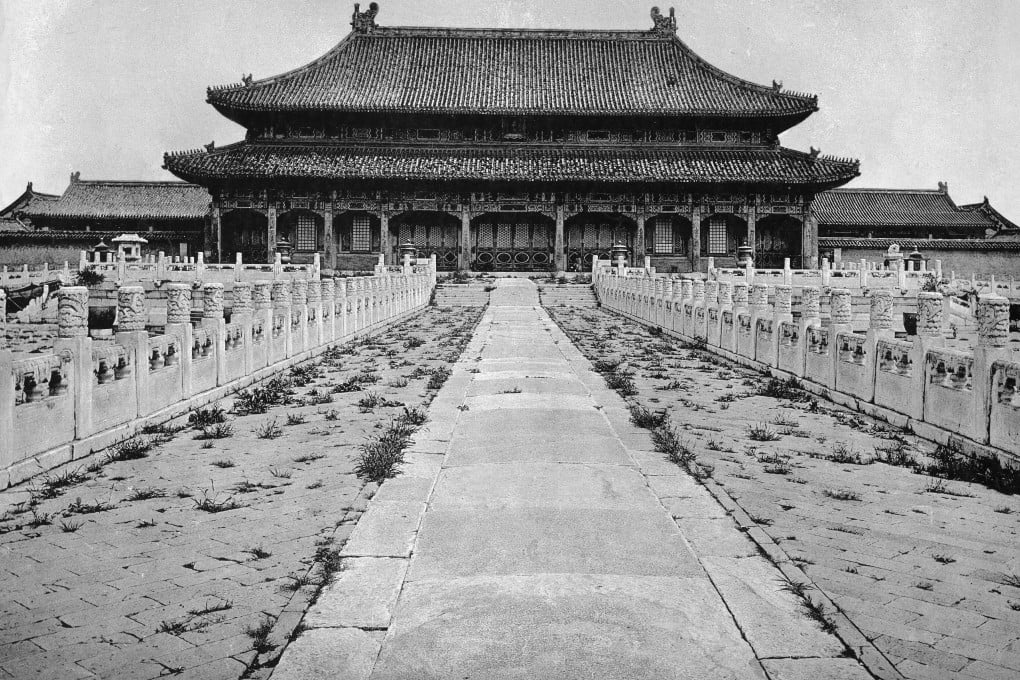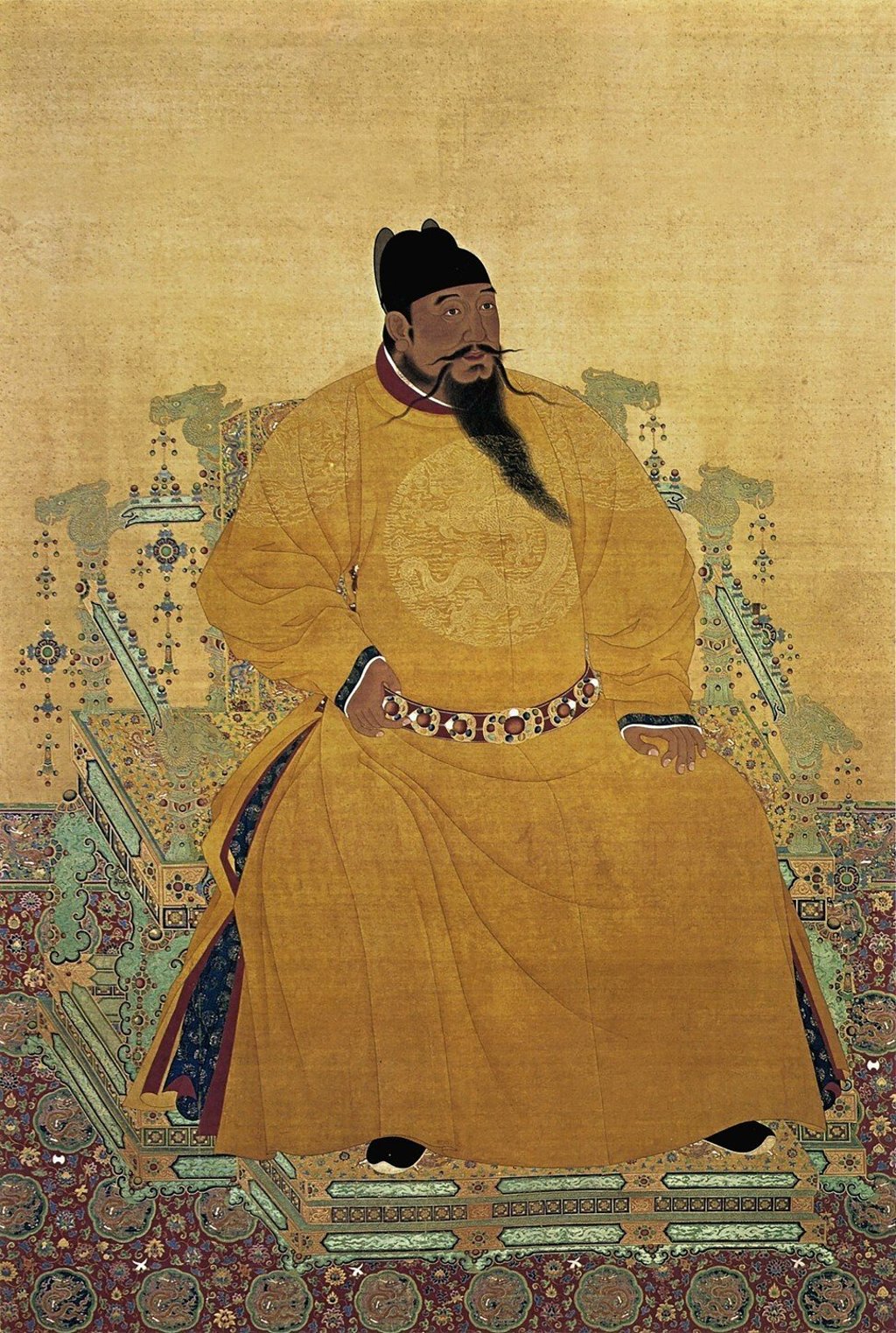The Chinese emperor who built Beijing in his honour, and how it sent a message of a strong centralised power
Completed 600 years ago, China’s capital was to serve as its ruler’s legacy – big, bold and gaudy, constructed at the expense of his people and, often, the truth

Six centuries ago this year, in the 11th lunar month of the 18th year of his reign, the Yongle emperor of the Ming dynasty announced the completion of his brand new capital, Beijing.
The city had been built on the site of the Mongols’ Dadu, from which those northern invaders had ruled the Chinese for nearly 100 years, and out of which Yongle’s father, the Hongwu emperor, had driven them only a few decades earlier.
By 1420, Yongle had pulled down not only the Mongol-built palace, but the rest of the alien capital, with the discarded rubble piled high outside his brand new palace’s north gate. Longevity Hill protected the new construction’s principal occupant from baleful northern influences while at the same time publicly demonstrating Confucian filial piety: the man-made hill emulated the naturally occurring high ground protecting his late father’s palace in Nanjing, and was given the same name.
But early in 1421, the new palace’s ceremonial centrepiece, the immense Hall of Revering Heaven, was struck by lightning and set ablaze, as were two companion halls.

To lose one brand new building might be regarded as misfortune; three, however, augured supernatural disapproval: a smouldering reminder of how Yongle’s emperorship had begun 19 years earlier in the most un-Confucian of ways, when his troops entered Nanjing and sent its imperial palace up in flames, with the Jianwen emperor, Yongle’s 24-year-old nephew, still inside.
Yongle removed all mention of his roasted relative from historical record and used all available means to establish his own righteousness. These often involved construction.